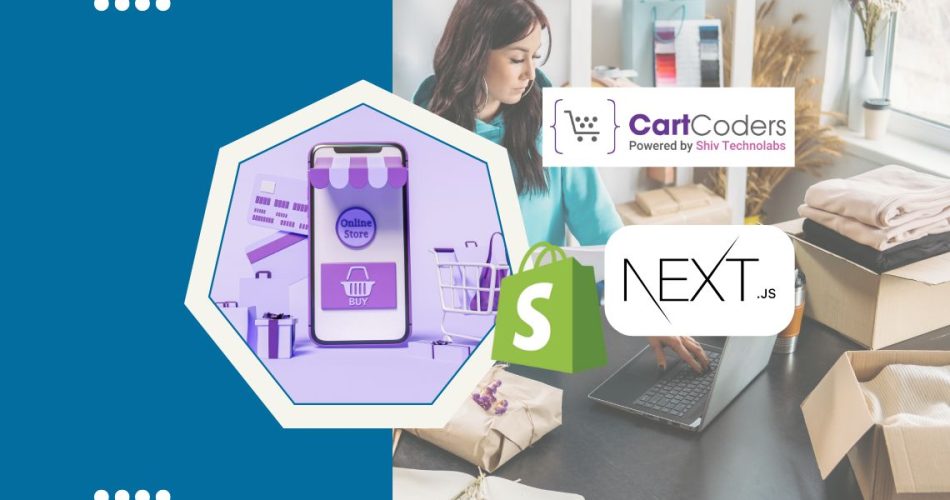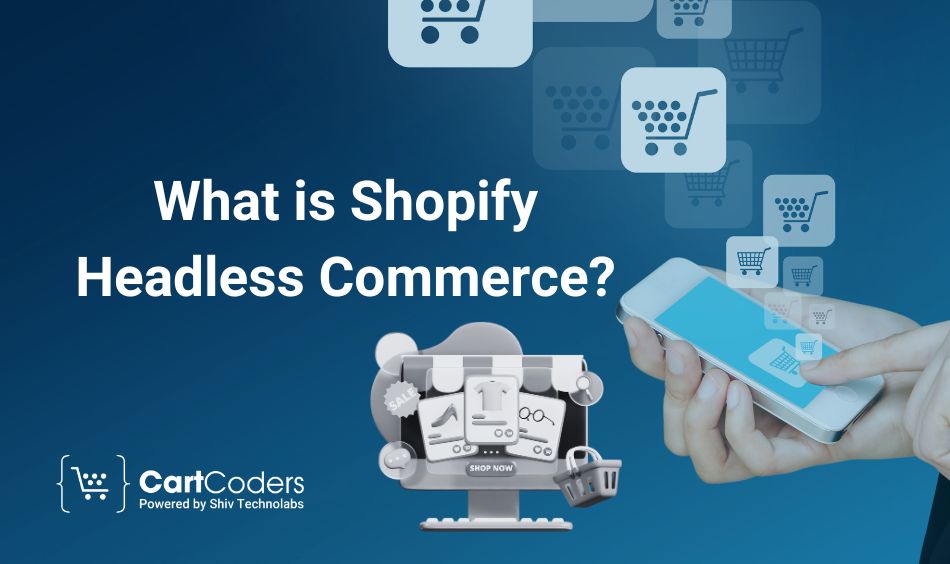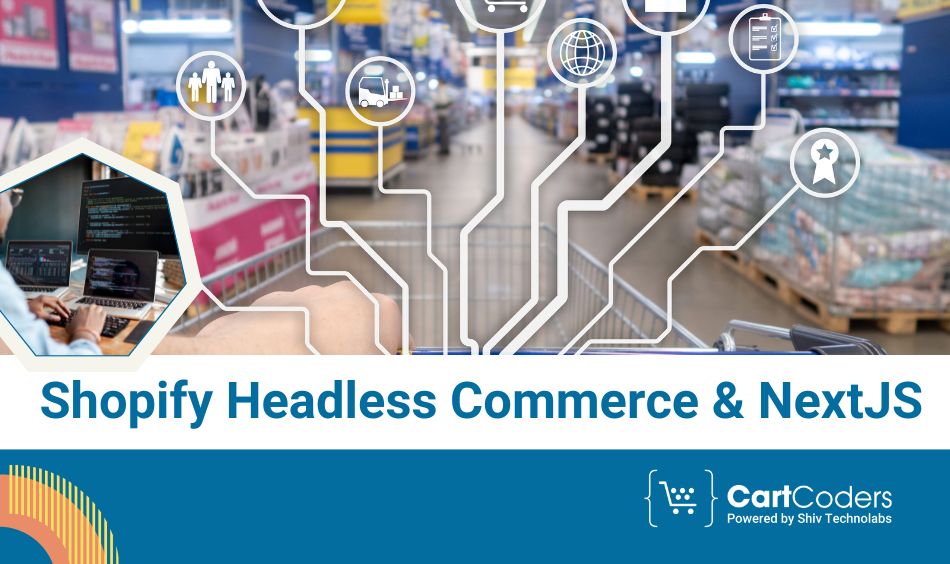Custom Engagement Solutions
Unlock tailored solutions with a free, no-obligation strategy session.
Expert Developers & Engineers on Demand
Scale Your Team with Skilled IT Professionals
Expert Guidance for Digital Transformation

Shopify has made its mark as one of the leading platforms for eCommerce businesses. However, in today’s fast-paced digital world, store owners need more control and flexibility to stay competitive. This is where headless commerce, powered by Shopify and NextJS, steps in. Combining Shopify’s backend with NextJS as the frontend framework brings faster performance, better user experiences, and greater customization options to the table. This blog will guide you through the advantages of this powerful combination and explain why it’s becoming the future of eCommerce.

In traditional eCommerce setups, the backend and frontend are tightly integrated. Headless commerce breaks this connection, allowing businesses to manage the backend (Shopify) while choosing any frontend technology, such as NextJS, to display content. Shopify continues to manage the products, orders, and customer data while the front-end can be customized to meet specific business needs.
By going headless, brands can deliver experiences across various devices, from websites to mobile apps and everything in between, without being limited by Shopify’s default themes and storefronts.
NextJS has quickly become the go-to framework for developers building fast and interactive websites. It is packed with features that make it an excellent choice for Shopify headless commerce.
With server-side rendering (SSR) and static site generation (SSG), NextJS boosts the loading speed of Shopify stores. This not only improves the shopping experience but also ranks the site higher on search engines. Additionally, NextJS’s API routes make it easy to integrate third-party services, giving you more flexibility over how you shape your store’s front-end.
Speed plays a key role in eCommerce success. NextJS delivers lightning-fast pages by rendering content on the server and sending pre-built pages to the browser. This reduces load times significantly, leading to faster browsing and fewer abandoned carts. Shopify’s backend remains powerful and stable while NextJS handles the visual experience, giving users a smooth shopping process.
Search engine ranking depends heavily on performance, structure, and metadata. NextJS helps your Shopify store climb the rankings by serving fast-loading pages and enabling greater control over metadata. Since NextJS generates server-rendered pages, search engines can index them more efficiently, which improves visibility. This means your products reach more potential customers without extra effort.
By choosing NextJS, businesses can build custom front-ends without being restricted by Shopify’s standard templates. Whether you want a unique product display or specific customer journeys, NextJS lets you create it from scratch. The headless approach allows Shopify developers to shape the frontend to meet branding, design, and functionality goals without altering the core eCommerce platform.
As your business grows, so do the demands on your website. NextJS allows you to scale your Shopify store efficiently. With the headless architecture, handling high traffic, adding new features, or expanding to new markets becomes simpler. This approach prepares your store to handle an increasing number of visitors without affecting performance or user experience.
Customers interact with brands across many channels – from websites to mobile apps and even smart devices. Headless commerce allows businesses to deliver a consistent experience across all these platforms. With Shopify managing the backend and NextJS managing the presentation, you can display content on any platform or device, creating a truly unified experience.

Starting with Shopify headless commerce and NextJS requires some setup but delivers long-term benefits. Here’s a basic guide:
While Shopify and NextJS deliver a powerful combination, it’s important to understand the potential challenges:
Shopify headless commerce with NextJS isn’t just a trend; it’s a transformative approach to building eCommerce sites that meet modern demands. By combining Shopify’s robust backend with the flexibility and performance of NextJS, businesses can create fast, scalable, and highly customized online stores that offer better user experiences. For eCommerce brands looking to stay competitive and future-proof their operations, adopting this architecture offers a path to long-term success.
At CartCoders, we offer expert Shopify headless store development with NextJS, helping businesses create fast, scalable, and highly customized online stores that stand out in today’s competitive market. Additionally, we provide Shopify hydrogen store development with NextJS, enabling businesses to build next-generation eCommerce experiences. With a focus on delivering tailored solutions, CartCoders is here to support your growth and transform your store into a high-performing platform.
Projects delivered in 15+ industries.
95% retention rate, building lasting partnerships.
Serving clients across 25+ countries.
60+ pros | 10+ years of experience.